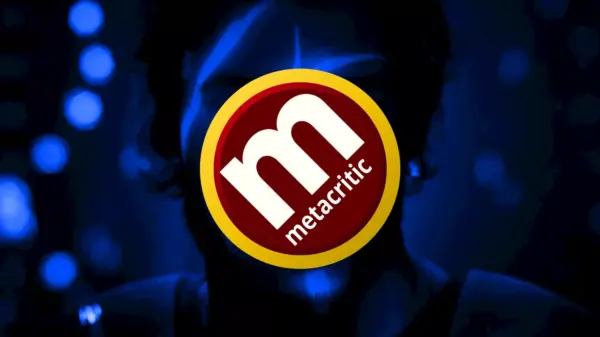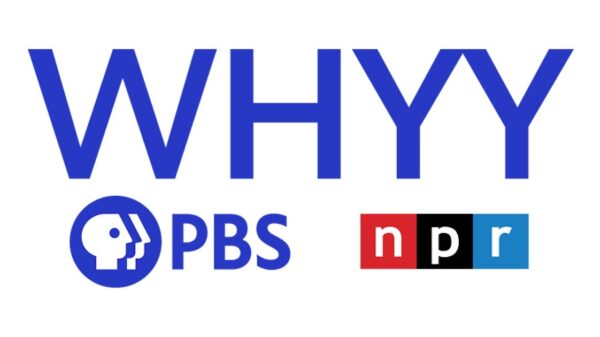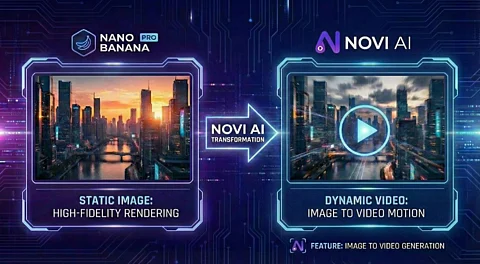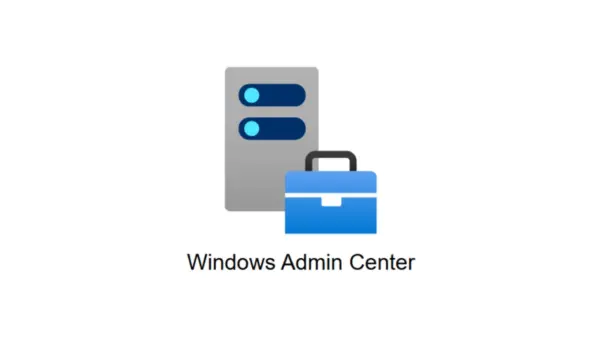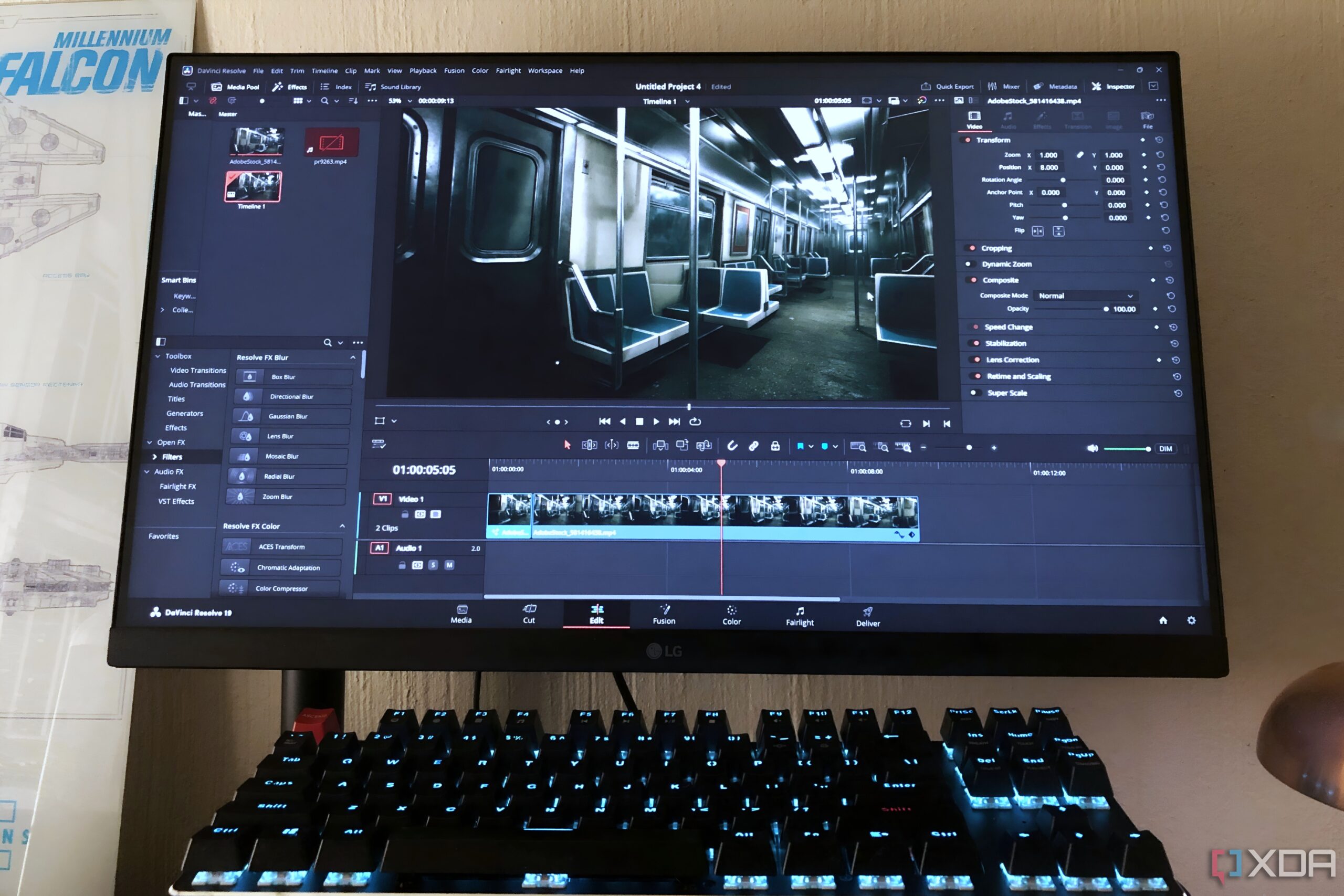URGENT UPDATE: Video editing landscape shifts dramatically as users are rapidly abandoning Adobe Premiere Pro for the more robust capabilities of DaVinci Resolve. This transition is fueled by the powerful features, cross-platform compatibility, and no-cost availability of DaVinci Resolve, making it a compelling choice for both beginners and professionals.
As of July 2025, the dissatisfaction with Adobe’s subscription model has sparked a wave of users switching to DaVinci Resolve, a tool that is proving to be an all-in-one solution for video editing. Many are finding that they no longer miss the features of Premiere Pro, highlighting a significant trend in the creative community.
This shift is not just about cost savings. DaVinci Resolve offers a user-friendly interface that includes various tabs such as Media, Cut, Edit, Fusion, Color, Fairlight, and Deliver. The Cut tab is particularly appealing for newcomers, allowing for quick edits without needing to delve into advanced features. Users can make swift transitions and clip adjustments with ease, making it accessible for those who are just getting started.
Moreover, DaVinci Resolve’s cross-platform support is a significant advantage. Unlike Premiere Pro, which is limited to Windows and macOS, DaVinci Resolve runs on Linux as well, expanding its usability to a broader audience, including those using Rocky Linux.
The free version of DaVinci Resolve is incredibly feature-rich, offering professional-grade tools that many users find sufficient for their editing needs. The Edit tab includes advanced features like multi-track editing, speed ramping, and stabilization, rivaling those found in costly software. This has driven a movement among video editors feeling constrained by Adobe’s subscription fees.
The Color tab is a standout feature, allowing for intricate color grading that far exceeds Adobe Premiere’s capabilities. Users can adjust shadows, midtones, and highlights with precision, resulting in stunning visual outcomes which elevate video quality. The ability to create node-based color corrections and apply LUTs offers an unmatched level of creativity.
Additionally, DaVinci Resolve’s Fusion tab provides powerful motion graphics capabilities, allowing for complex visual effects and animations that previously required Adobe After Effects. This node-based system, while initially challenging, presents opportunities for sophisticated compositing and 3D effects that competitors cannot match.
Audio editing also gets a boost with the Fairlight tab, offering users a complete audio workstation within the video editing software. This feature allows for multi-track editing and professional-level audio manipulation, streamlining the editing process and enhancing overall production quality.
The impact of this shift is significant—editors are not merely adopting a new tool; they are embracing a transformative approach to video production. Many are reporting that they feel empowered and more creative with DaVinci Resolve, which is now seen as a viable alternative that can match or exceed Adobe Premiere Pro’s offerings.
As the video editing community continues to evolve, keep an eye on this developing trend. The growing popularity of DaVinci Resolve signals a potential decline in Adobe’s dominance in the creative software market. For aspiring and seasoned editors alike, switching to DaVinci Resolve could represent not just a cost-saving measure but a leap toward enhanced creativity and productivity.
Stay tuned for further updates on this developing story as more users share their migration experiences and as the industry responds to this significant shift in video editing preferences.






